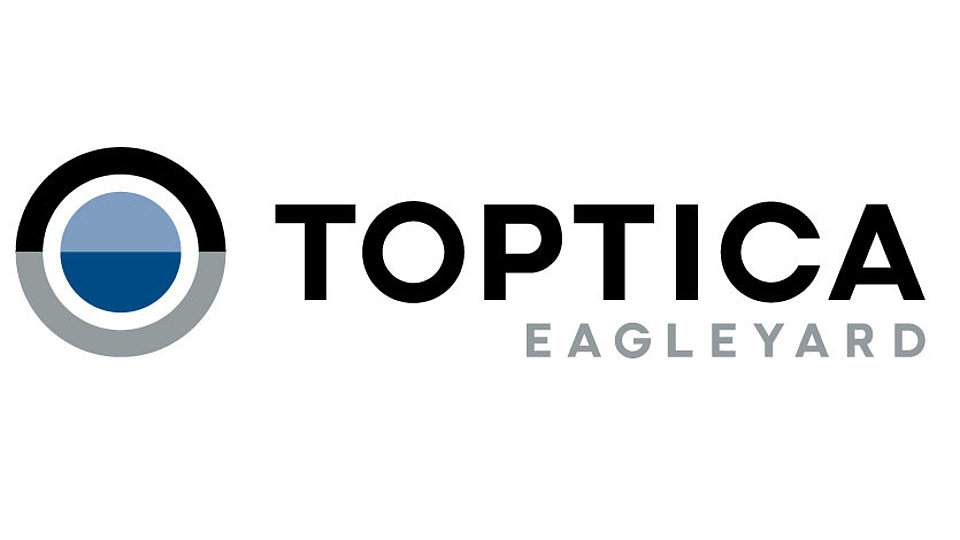Spin-offs
Since its foundation in 1992, the Ferdinand-Braun-Institut has already initiated a total of 10 spin-offs, most of which are still active today.
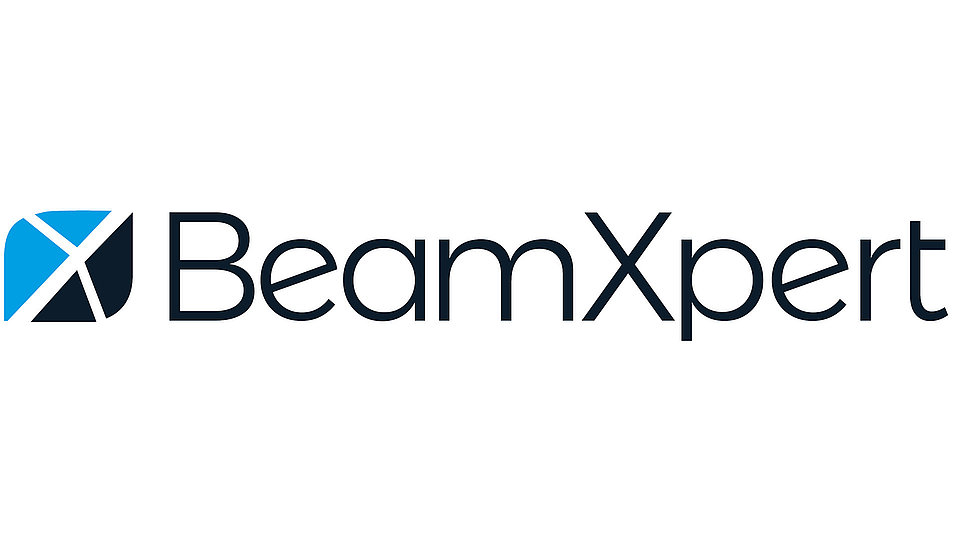
Laser light is an indispensable tool used in applications like materials processing, measurement and medical technology as well as in R&D. For each specific application, the properties of laser radiation need to be precisely adapted. With this in mind, the FBH spin-off BeamXpert GmbH has developed the optics simulation program BeamXpertDESIGNER that combines two complementary modelling approaches, enabling to configure laser beam control systems quickly and exactly. In addition to this unique feature, the program provides an intuitive user interface, which is similar to common CAD programs and ensures an only short training period. The results are conforming to laser standards, calculated in real time, and displayed three-dimensionally. As compared to other software products, the workflow of BeamXpert Designer users can be significantly accelerated.
BeamXpert is a spin-off project that was supported by an EXIST Gründerstipendium (founder grant) under the working title "DOBSY – Designer for Optical Beam Systems"; formation of the company was in December 2017. Meanwhile, the initiative was already honored with two awards: the second place in the business plan competition Berlin-Brandenburg "BPW" (final round) in July 2017 and as laureate of "Gründerwettbewerb – Digitale Innovationen" (founder competition – digital innovations) in September 2017.
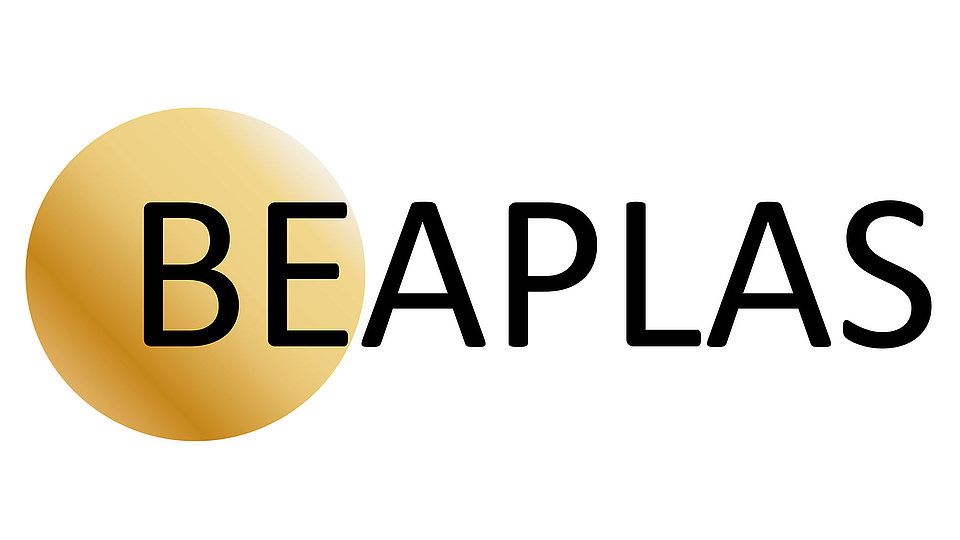
BEAPLAS GmbH develops and markets processes and equipment for thin-film coating at atmospheric pressure. Central tool is a plasma source operating at atmospheric pressure. It was developed during the last years and optimized for several different applications, ranging from automotive to medical technology. Expensive vacuum technology is widely used in this field today, thus cost-effective atmospheric tools are commercially attractive. The spin-off, founded in May 2013, has been supported by the European Union and the Federal Ministry of Economics and Technology within the EXIST-Forschungstransfer program. Since January 2025, the activities of BEAPLAS have been continued under the umbrella of the long-standing partner AURION Anlagentechnik GmbH.
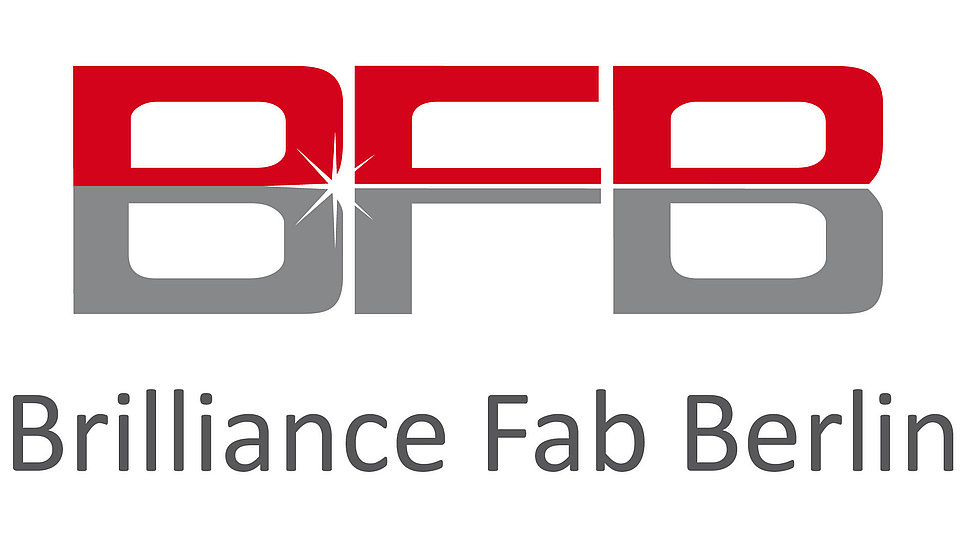
Brilliance Fab Berlin GmbH & Co. KG (BFB) was founded in May 2013 within the framework of a cooperation between Ferdinand-Braun-Institut (FBH) and the chinese enterprise Sino Nitride Semiconductor CO., LTD (SNS). BFB activities aim at exploiting and further developing FBH semiconductor technology results for industrial application. The focus of developments is on lasers utilized in automotive lightning, quantum sensors, and Raman spectroscopy.
Toptica eagleyard, founded in 2002 as eagleyard Photonics GmbH, is a global leading provider of high-power laser diodes with wavelengths ranging from 630 nm to 1120 nm. The products combine maximum power, highest durability, and excellent beam quality – well suited for industrial, medical, aerospace, and scientific applications.
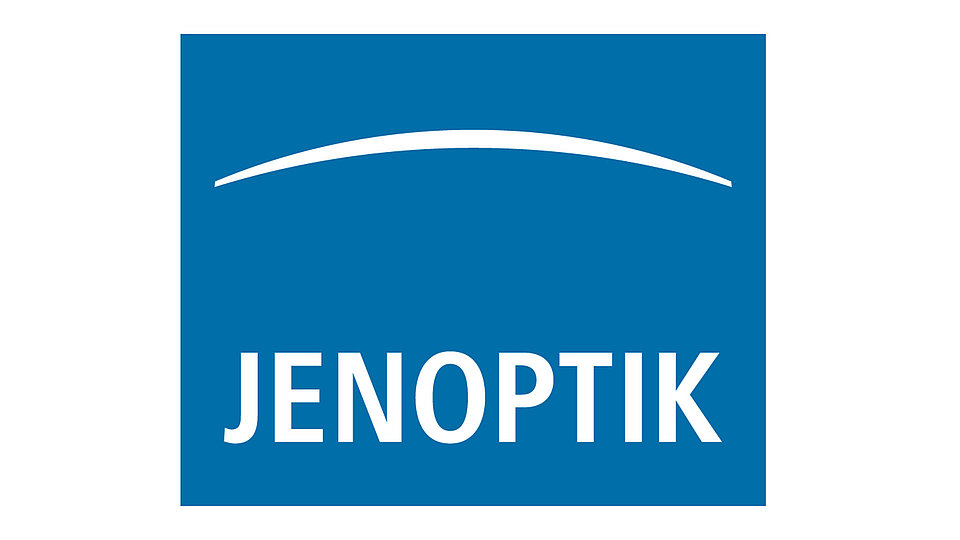
Jenoptik Diode Lab was founded in 2002 as a JENOPTIK subsidiary as a result of the close cooperation between Ferdinand-Braun-Institut and JENOPTIK AG. It is meanwhile part of the JENOPTIK Optical Systems GmbH. The company produces high-power laser diodes with wavelengths ranging from 650 nm to 1150 nm for applications in materials processing and medicine. The laser diodes are specified, developed and optimized in close cooperation with FBH. They are characterized by an excellent beam characteristic and a long lifetime.
Three-Five Epitaxial Services AG (TESAG) was founded in 1999 by employees of the FBH. As an epiwafer foundry TESAG produces semiconductor layer structures for compound semiconductor devices such as laser diodes, light emitting diodes (LEDs), transistors (HBTs) or Schottky diodes. Its customers are worldwide manufacturers of such devices. TESAG thus translates the research experience gathered at the FBH as a center of competence for vapor phase epitaxy into industrial production. In January 2009, TESAG also merged into JENOPTIK AG, thus integrating this important step into their own supply chain for high-power laser diodes,
Spin-offs no longer active on the market
IXYS Berlin is a former subsidiary of the US-based IXYS Corporation (now Littelfuse), founded in 2000 as a result of the close cooperation with the FBH. The company developed fast-switching gallium arsenide power Schottky diodes - these devices enable very compact low-loss power supplies, thus making efficient operation of electrical systems possible. In 2002, IXYS Berlin was awarded jointly with FBH and TESAG with the innovation prize Berlin-Brandenburg. In 2010, business operations were terminated due to changed market demands.
Phasor Instruments UG has worked in the field of vector network analysis at microwave frequencies from 2013 to 2016. The company has developed measuring instruments required, e.g. for plasma excitation.
UVphotonics NT GmbH, a spin-off from FBH and TU Berlin, was active on the market from 2015 to 2022. The company developed customizable single chips and fully packaged UV LEDs in the UVB and UVC wavelength ranges. These devices can be used, among others, for water purification, disinfection, medical diagnostics, phototherapy, UV curing, and sensing. The business formation (December 2015) was supported by the European Union and the Federal Ministry of Economics and Technology within the EXIST-Forschungstransfer program.
BeMiTec AG developed, manufactured, and marketed high-performance gallium nitride (GaN) transistors for future mobile communications applications from 2006 to 2023.
